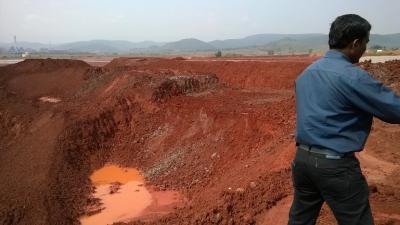
Rapid industrialisation and growth in population has resulted in establishing industrial units all over the country and consume most of the natural resource, to meet the demand of the present generation. The after effect of these processes, which are the secondary products coming out of the industrial units are considered as waste materials, and are given least consideration by human beings to be used for beneficial application. Most often, these materials are dumped in the backyards of industrial units. Since this process has been initiated few decades back, most of the dumping yards in the industrial premises have already reached their saturation level. This in turn creates issues associated with soil, water and air contamination, which is a biggest environmental concern. However due to stringent environmental regulations there is an immense pressure on industries to adopt different waste management policies and schemes which takes care of sustainable aspects.The coal ash coming out of the thermal power plants, bauxite residue from alumina industry, different slags (viz. blast furnace slag, steel slag, ferrochrome slag, copper slag, etc.) from furnaces of metallurgical processes and cement kiln dust are some of the major industrial by-products
to name a few. Now it is the time to upgrade the status of these by-products to sustainable resources so as to use them as raw material.Presently, these materials and their derivatives are
being used as aggregates; admixtures; Pozzolanic material for manufacturing bricks, tiles and ceramic materials; fill material for embankment and mines; fertilisers; soil stabilisers; and
environmental clean-up applications of industrial effluents and flue gases. Though these applications are more welcome, methodologies for the bulk utilisation of these material needs to
be addressed. In this context, identification of few potential applications which would cater to the growing concern of waste management by consuming massive amount of by-product materials would be a big boon to society. Hence, we are looking for sustainable use of these man-made materials in area of infrastructure development, soil stabilisation and man-made soils.
Prof. D N Singh
